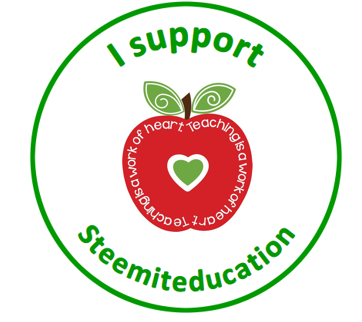We learn more about light - Information for kids
There are many different types of light and some light can be seen by us and others not. Light has different properties. Lets learn more about it.
The light that we talk about every day, refers to the light we can see, but if you look at it from a scientific point, it will refer to the electromagnetic radiation.
- What is light and how is it produced?
- What is the 'visible light'?
- Which light is invisible to us?
- How can we measure invisible light?
- What can we see in nature that represents the visible light spectrum?
- Which colour has the longest and shortest wavelength?
Animals and insects can see different light than us. Insects for instance can see UV light.
If we use UV light and shine it on objects, it will light up things that we cannot see with the naked eye, like for instance bodily fluid like spit or where you have cleaned blood. This comes in very handy for forensic scientists to use.
Forensic science is the application of science to criminal and civil laws, mainly—on the criminal side—during criminal investigation
Infrared light is another part of the spectrum that we cannot see, because the wavelengths are too long to be seen with the human eye.
Isaac Newton observed that a thin beam of sunlight hitting a glass prism on an angle creates a band of visible colors that includes red, orange, yellow, green, blue, indigo and violet (ROYGBIV). This occurred because different colors travel through glass (and other mediums) at different speeds, causing them to refract at different angles aor end separate from each other.
- What does the glass do to light if it hits it from an angle?
- What is white light made of?
- What determines how much a colour gets bend?
- Does it take longer or shorter to travel through the glass if the wavelength is shorter / longer?
- Why do the white light break into many colours when moving through a prism?
For extra information on rainbows, you can watch the video here.
Light travels very fast and if you measure it in an area where there are no obstructions (in a vacuum) it can travel at 300 000km/second. Just think a moment of how fast that is - because light travels so fast, we see objects instantly which is reflecting light which our eyes can see and brains can interpret.
Because light travels so fast it takes only 1.25 seconds to get from Earth to the moon.
If light travels through air, glass and water, it will slow down.
When you dive in the ocean, you will see light to about 80 meters down in the ocean. Once you go deeper it will become darker and because the animals that live here, never sees light, they have adapted to survive in the dark and look very different from the animals that we know in the rest of the ocean.
Another very important role that light plays, besides from making objects visible to us, is give energy to plants with which they can produce their own food in a process called photosynthesis. Read here more information on it.
If we did not have light, many things would not be possible. We would not be able to see, doctors would not be able to take xrays, we would not get any warmth or light from the Sun, plants would not make their own food and we would not be able to take photos. We need light for many reasons. Read here for extra information.

